
- #green tech
New material for green hydrogen production
13 minutes ago

- #green tech
Ukrainian startup makes paper without trees
Last month
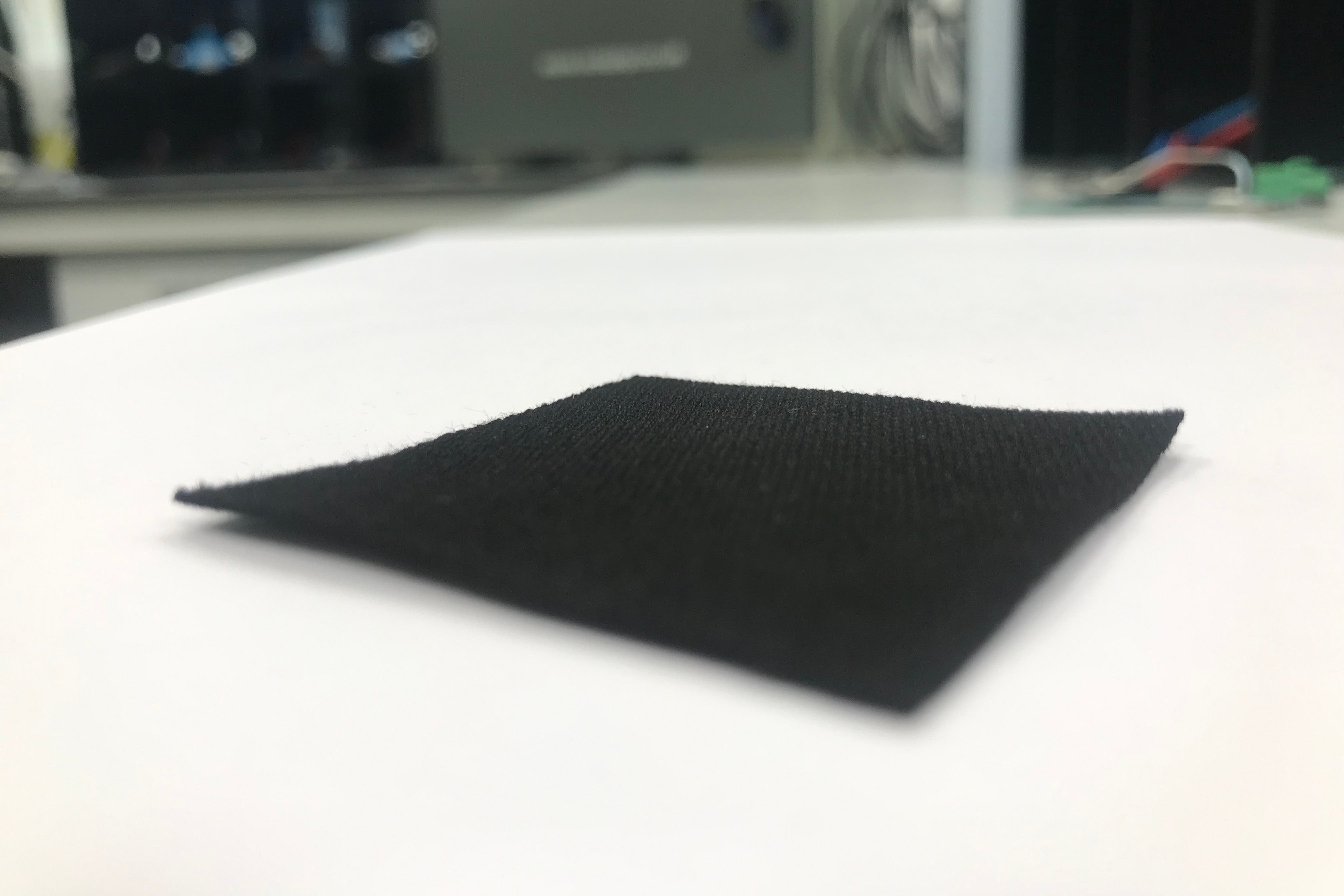
- #green tech
Electrified charcoal sponge can soak up CO2
2 months ago
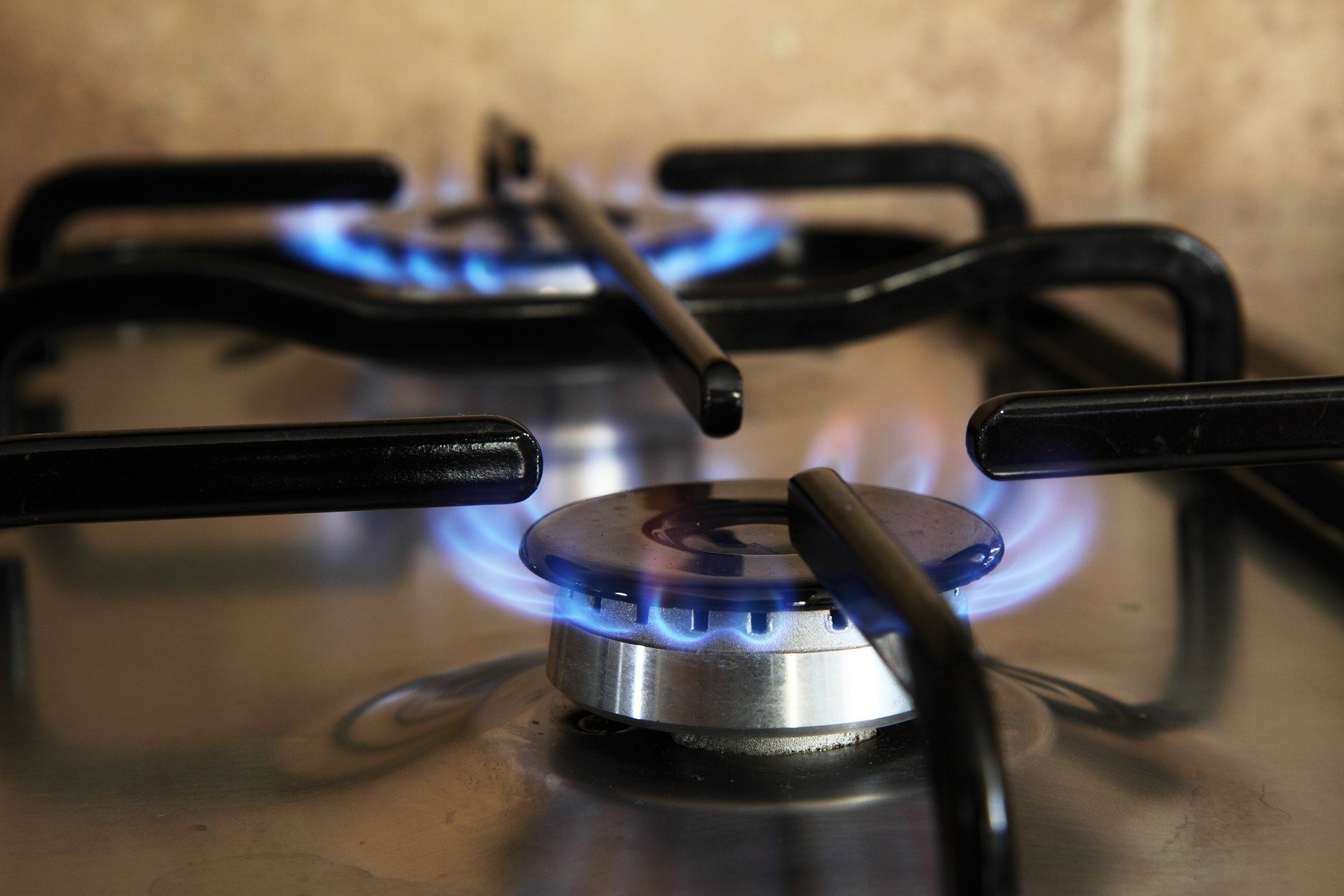
- #green tech
Combating carbon footprint: novel reactor sys
2 months ago

- #green tech
Brewery yeast enables biofilter water purification
2 months ago
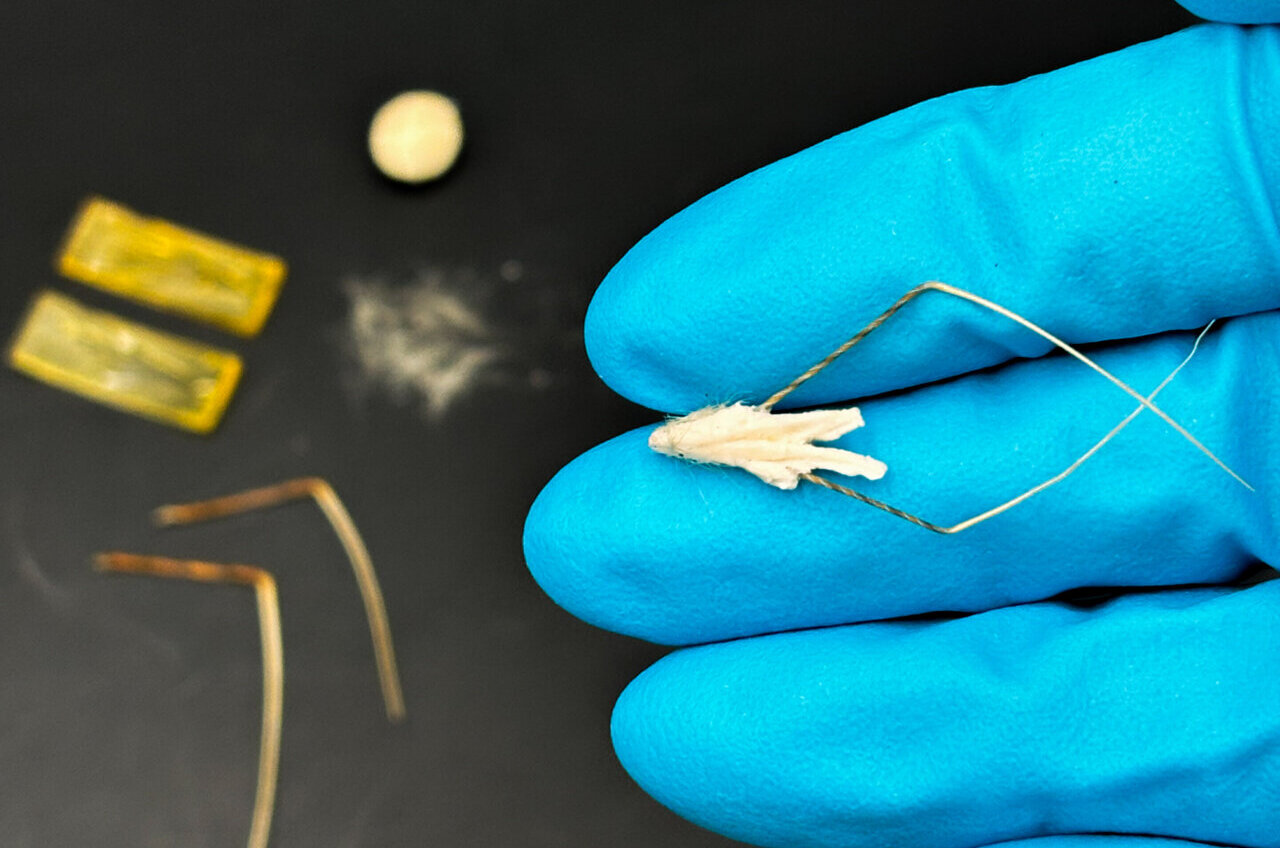
- #green tech
Flour and oats fuel biohybrid reforestation robot
2 months ago

- #green tech
Fast livestock manure to biochar process
3 months ago

- #green tech
Sunrise to sunset, new window coating blocks heat
4 months ago
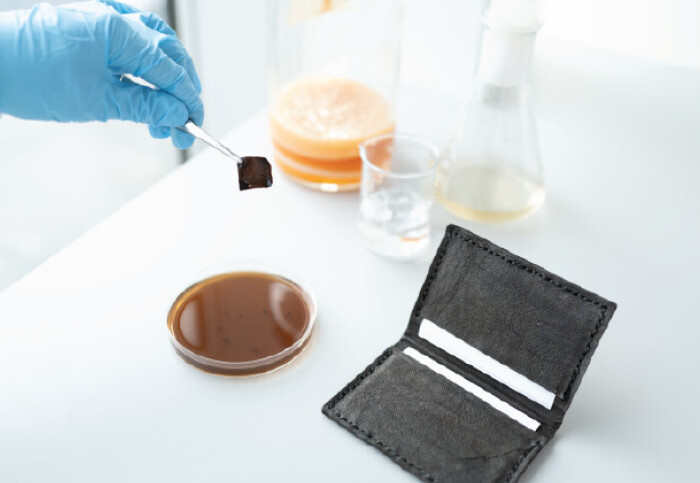
- #green tech
Plastic-free vegan leather that dyes itself
4 months ago

- #green tech
New Sensor Detects “Forever Chemicals” in Water
5 months ago

- #green tech
Graphite from wood chips for EV batteries
5 months ago
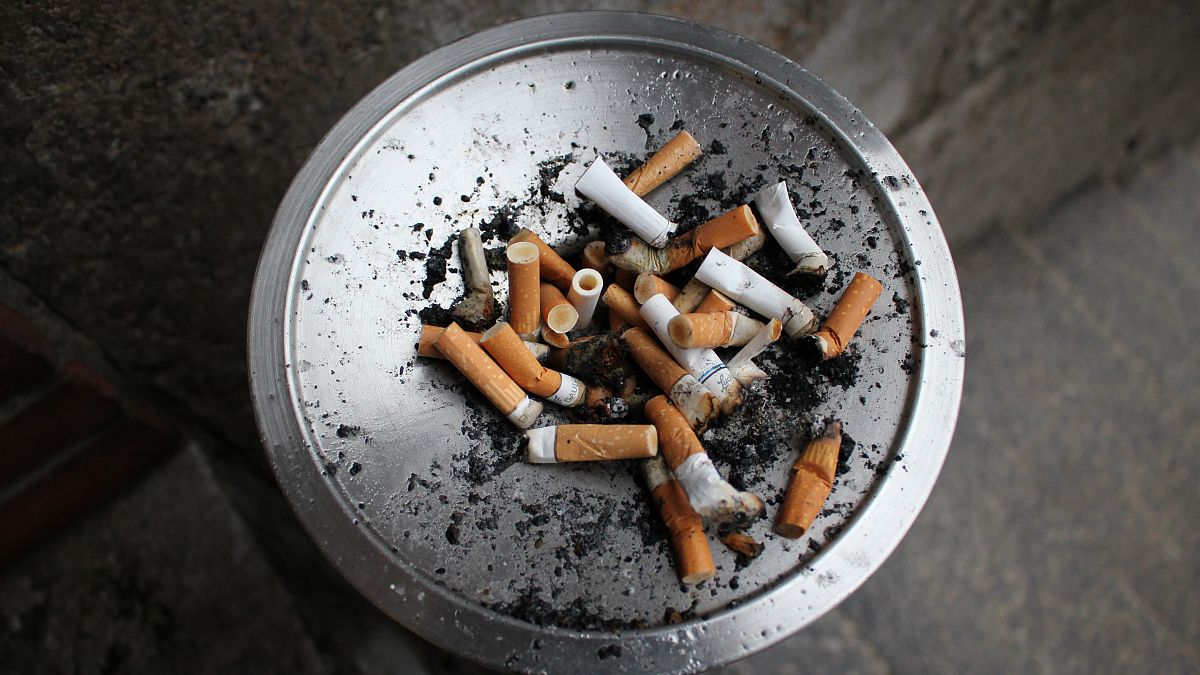
- #green tech
Slovakia is turning filters into asphalt for roads
7 months ago

- #green tech
The 2023 Earthshot Prize winners
9 months ago

- #green tech
New Google tools to map rooftop solar potential
10 months ago

- #green tech
'World's first' climate chatbot switched on
10 months ago
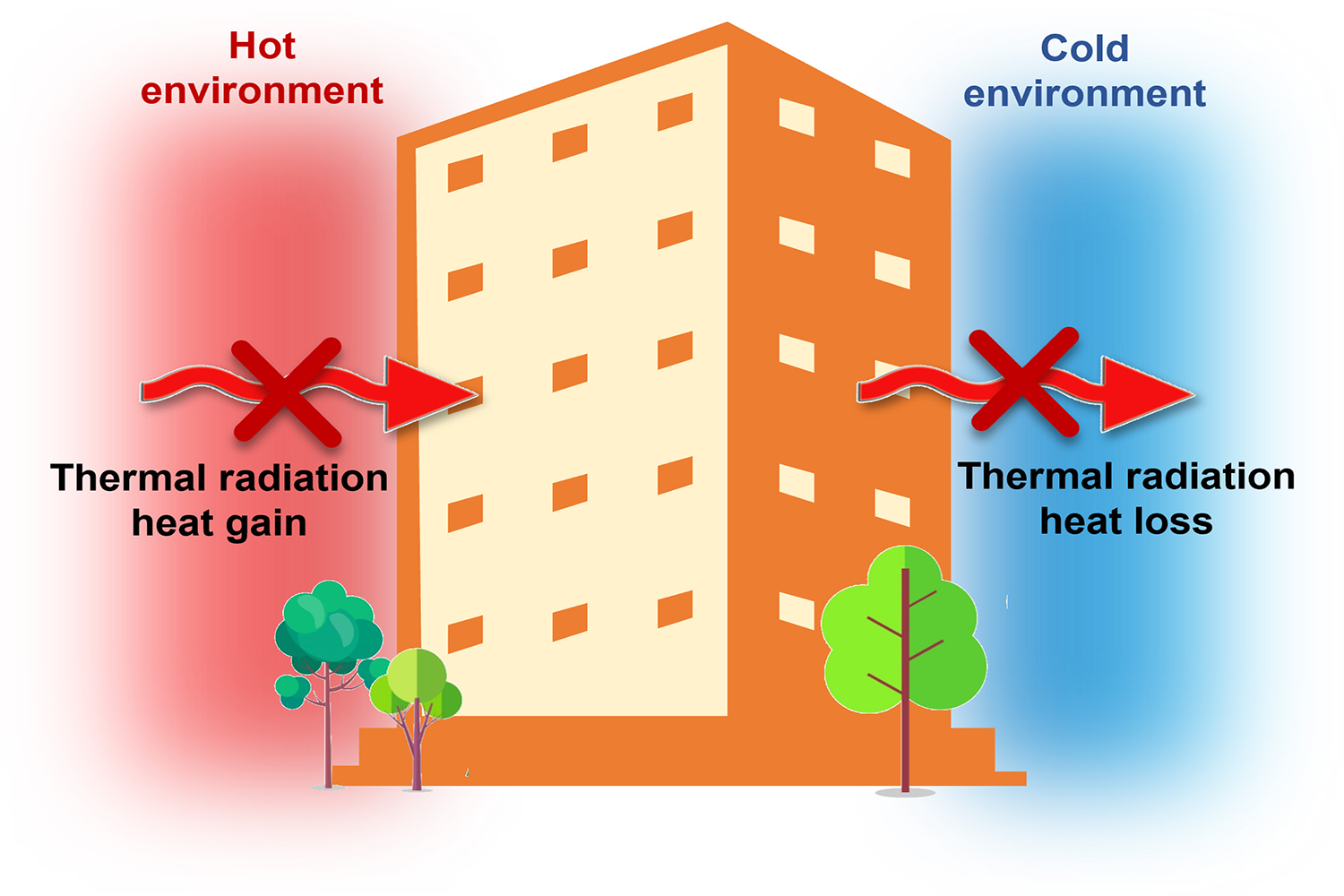
- #green tech
New paint gives extra insulation, saving on energy
11 months ago
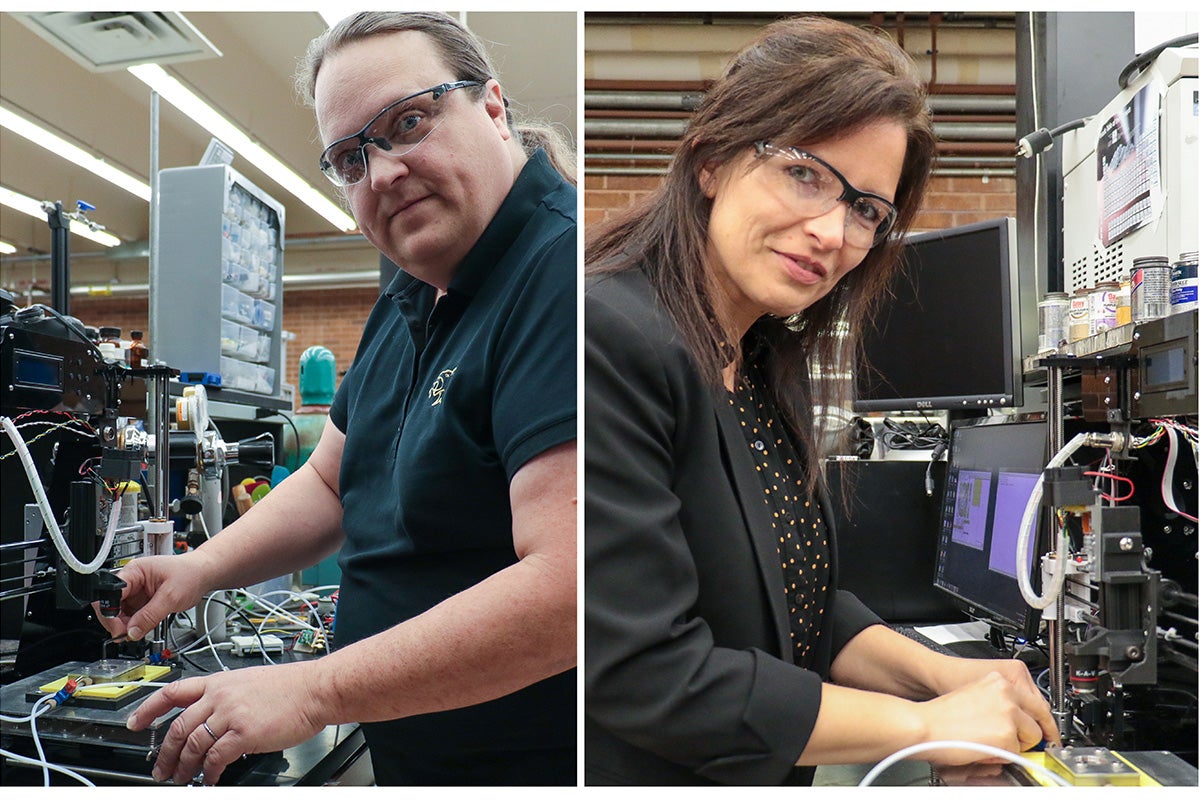
- #green tech
New technology to recycle greenhouse gas
12 months ago

- #green tech
Biodegradable film to keeps food fresh for longer
Last year
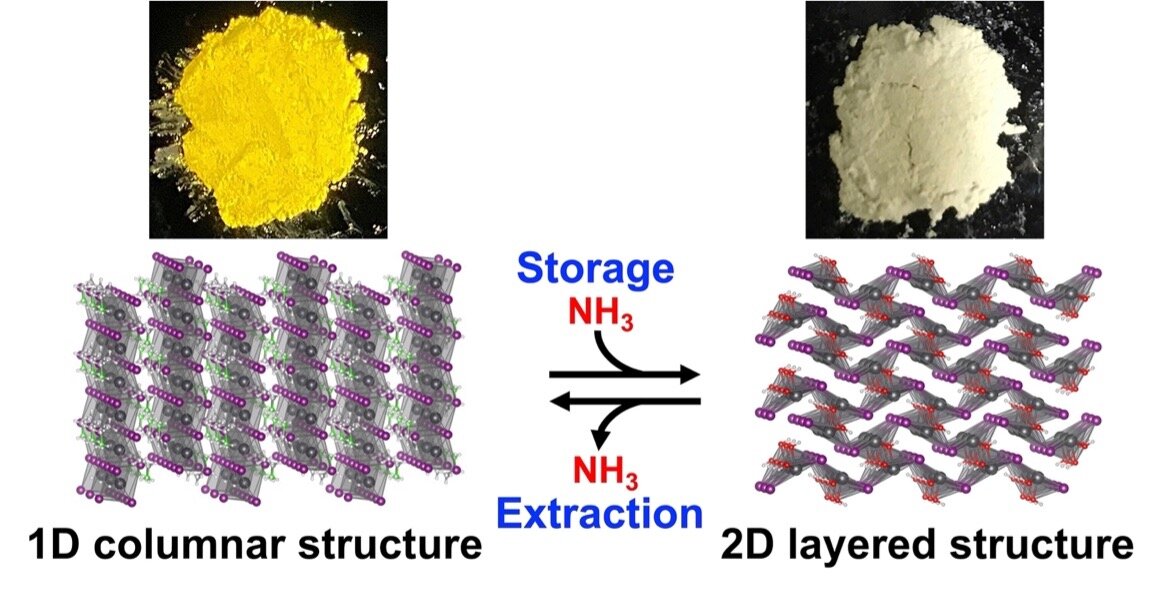
- #green tech
Researchers discover safe way to store hydrogen
Last year
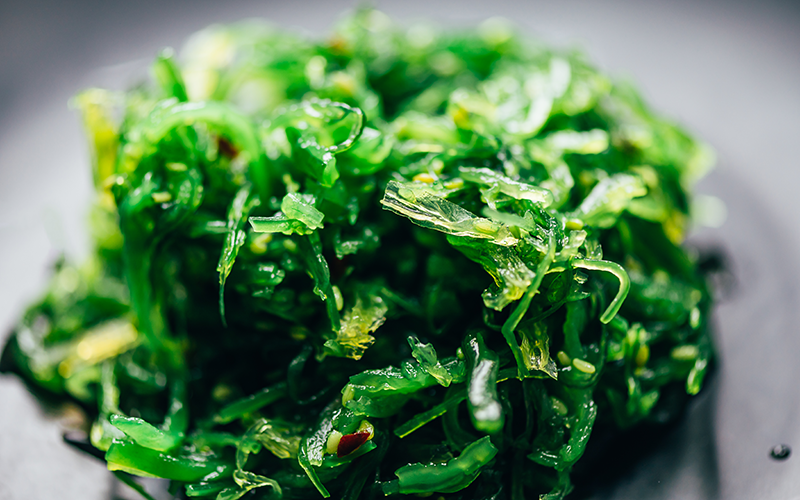
- #green tech
Electronic skin' from bio-friendly materials
Last year